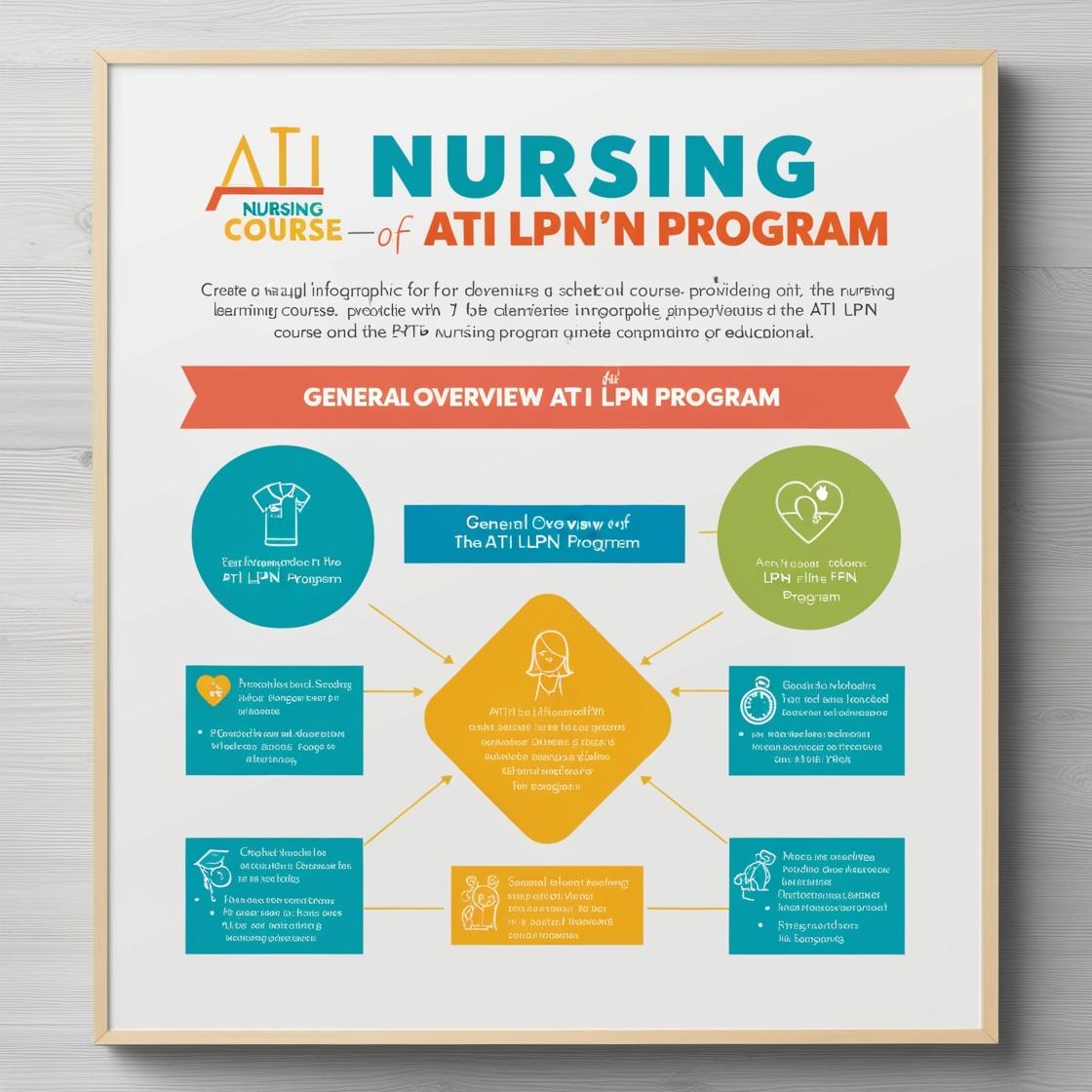LPN LPN
ATI Maternal Newborn Proctored
1. A nurse in a prenatal clinic overhears a newly licensed nurse discussing conception with a client. Which of the following statements by the newly licensed nurse requires intervention by the nurse?
- A. Fertilization takes place in the outer third of the fallopian tube.
- B. Implantation occurs between 6 to 10 days after conception.
- C. Sperm remain viable in the woman's reproductive tract for 2 to 3 days.
- D. Bleeding or spotting can accompany implantation.
Correct answer: B
Rationale: The correct answer is B because implantation typically occurs between 6 to 10 days after conception, not 2 to 3 days. It is crucial for the nurse to intervene and provide accurate information to ensure the client receives correct education about conception. Choice A is correct as fertilization does occur in the outer third of the fallopian tube. Choice C is also accurate as sperm can remain viable in the woman's reproductive tract for 2 to 3 days. Choice D is correct as bleeding or spotting can indeed accompany implantation.
2. A nurse is caring for several clients. The nurse should recognize that it is safe to administer tocolytic therapy to which of the following clients?
- A. A client who is experiencing fetal death at 32 weeks of gestation
- B. A client who is experiencing preterm labor at 26 weeks of gestation
- C. A client who is experiencing Braxton-Hicks contractions at 36 weeks of gestation
- D. A client who has a post-term pregnancy at 42 weeks of gestation
Correct answer: B
Rationale: Tocolytic therapy is used to suppress premature labor. It is appropriate to administer it to a client experiencing preterm labor at 26 weeks of gestation to help delay delivery and improve neonatal outcomes. Administering tocolytic therapy to a client experiencing fetal death, Braxton-Hicks contractions, or post-term pregnancy is not indicated and may not be safe or effective in these situations. Fetal death at 32 weeks indicates a non-viable pregnancy, Braxton-Hicks contractions are normal and not indicative of preterm labor, and post-term pregnancy at 42 weeks does not require tocolytic therapy.
3. A client who is 6 hours postpartum and Rh-negative has an Rh-positive newborn. The client asks why an indirect Coombs test was ordered. Which of the following is an appropriate response by the healthcare provider?
- A. It determines if kernicterus will occur in the newborn.
- B. It detects Rh-negative antibodies in the newborn's blood.
- C. It detects Rh-positive antibodies in the mother's blood.
- D. It determines the presence of maternal antibodies in the newborn's blood.
Correct answer: C
Rationale: The indirect Coombs test is performed to detect Rh-positive antibodies in the mother's blood. In cases where the mother is Rh-negative and the baby is Rh-positive, the mother may develop antibodies against the baby's blood cells, which can lead to hemolytic disease of the newborn. Choice A is incorrect because kernicterus is a complication of severe jaundice, not directly assessed by the indirect Coombs test. Choice B is incorrect as the test aims to detect Rh-positive antibodies, not Rh-negative antibodies in the newborn's blood. Choice D is incorrect as the test is focused on detecting antibodies in the mother's blood, not the newborn's.
4. A client is 1 hour postpartum and the nurse observes a large amount of lochia rubra and several small clots on the client's perineal pad. The fundus is midline and firm at the umbilicus. Which of the following actions should the nurse take?
- A. Notify the healthcare provider.
- B. Increase the frequency of fundal massage.
- C. Encourage the client to empty their bladder.
- D. Document the findings and continue to monitor the client.
Correct answer: D
Rationale: In the postpartum period, the presence of lochia rubra and small clots along with a firm, midline fundus at the umbilicus is considered normal. In this situation, the appropriate action is to document the findings and continue to monitor the client. Changes in the amount and character of lochia, deviation of the fundus from the midline, or fundal height above or below the expected level may indicate a need for further intervention. Encouraging bladder emptying is important but not the priority in this scenario. Notify the healthcare provider if there are signs of abnormal postpartum bleeding or fundal abnormalities. Therefore, choice D is the correct answer. Choices A, B, and C are incorrect because at this stage, there are no signs of abnormality that require immediate notification of the healthcare provider, increased frequency of fundal massage, or immediate bladder emptying.
5. A healthcare professional is assessing a newborn immediately following a scheduled cesarean delivery. Which of the following assessments is the healthcare professional's priority?
- A. Respiratory distress
- B. Hypothermia
- C. Accidental lacerations
- D. Acrocyanosis
Correct answer: A
Rationale: The correct answer is A: Respiratory distress. Assessing for respiratory distress is the priority when evaluating a newborn after a cesarean delivery. Newborns born via cesarean section are at higher risk for respiratory complications, making it crucial to monitor their breathing and ensure proper oxygenation immediately after birth. Choice B, hypothermia, is important too but assessing breathing takes precedence to ensure adequate oxygen supply. Choices C and D, accidental lacerations and acrocyanosis, are not the immediate priorities following a cesarean delivery.
Similar Questions

Access More Features
ATI LPN Basic
$69.99/ 30 days
- 50,000 Questions with answers
- All ATI courses Coverage
- 30 days access @ $69.99
ATI LPN Premium
$149.99/ 90 days
- 50,000 Questions with answers
- All ATI courses Coverage
- 30 days access @ $149.99
